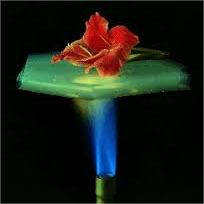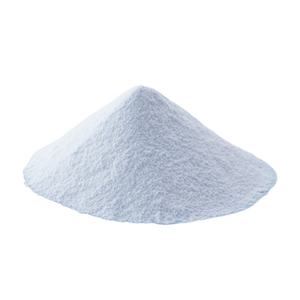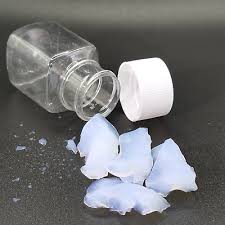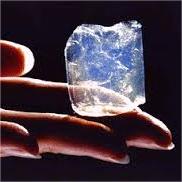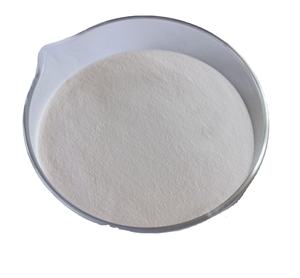Professional industry ceramic supplier, silicon nitride, silicon carbide, aluminum nitride and any other kinds of ceramics.
1. Introduction
When it comes to high-temperature industrial processes—from metal casting to semiconductor manufacturing—the humble crucible plays a starring role. Among the most robust options available today is the silicon carbide crucible. But not all silicon carbide (SiC) crucibles are created equal. With a dizzying array of related products like silicon carbide ceramic tiles, RBSiC silicon carbide tile blocks, and even silicon carbide ceramic dinnerware flooding the market, it’s easy to confuse form with function. In this deep dive, we’ll cut through the noise and compare key variants of silicon carbide crucibles against competing materials like zirconia and silicon nitride—so you know exactly what works best for your application.
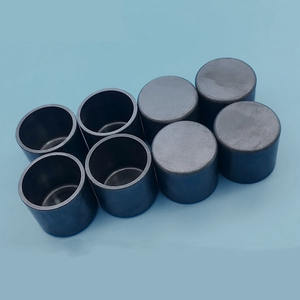
2. Silicon Carbide vs. Other Crucible Materials
2.1. Silicon Carbide Crucible vs. Zirconia Crucible
Zirconia crucibles (often stabilized with yttria) excel in extreme inertness and resistance to reactive melts, especially in laboratory settings involving rare earth metals. However, they’re brittle and expensive. In contrast, a silicon carbide crucible offers superior thermal shock resistance and higher thermal conductivity—making it ideal for repeated heating and cooling cycles in foundries or glass manufacturing. While zirconia wins in purity-critical applications, SiC dominates in durability and cost-efficiency for industrial-scale operations.

2.2. Silicon Carbide vs. Silicon Nitride Crucibles
Silicon nitride (Si3N4) crucibles, often sourced from a silicon nitride crucible factory, boast excellent mechanical strength and oxidation resistance up to 1400°C. They’re commonly used in aerospace and cutting tools. But when it comes to raw heat tolerance, silicon carbide outperforms—withstanding temperatures beyond 1600°C. Plus, silicon carbide crucibles are more widely available and easier to fabricate into complex shapes like silicon carbide ceramic columns or burner nozzles. That said, for applications needing fine-tuned creep resistance under load, silicon nitride rings or plates might be preferable.
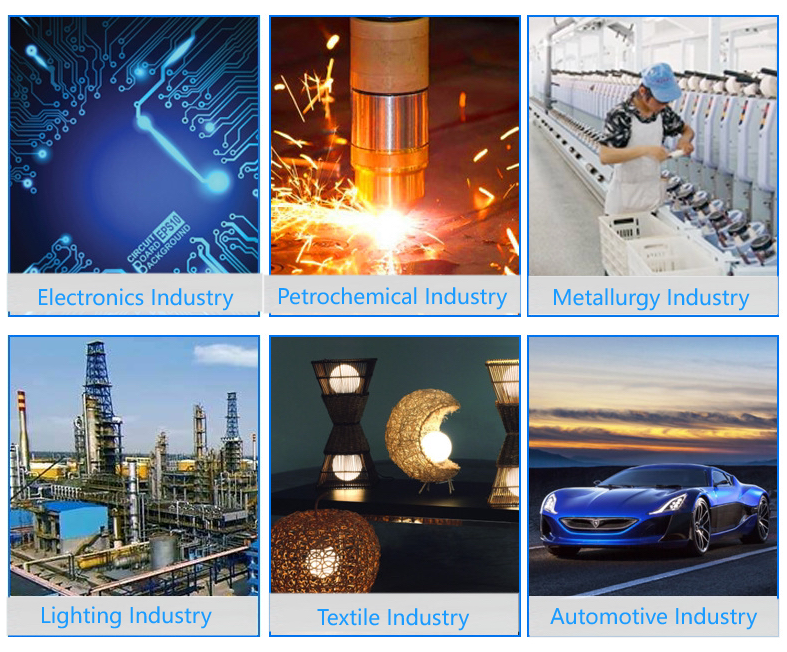
3. Types of Silicon Carbide Crucibles: Composition Matters
3.1. Reaction-Bonded (RBSiC) vs. Sintered SiC
RBSiC silicon carbide tile blocks are made by infiltrating porous carbon preforms with molten silicon, yielding near-net-shape parts with good dimensional accuracy and moderate cost. These are great for furnace linings or structural supports like rbsic ceramic pillars. On the other hand, sintered silicon carbide crucibles—made from high-purity SiC powder under pressure and heat—offer superior density, chemical inertness, and thermal conductivity. They’re the go-to for aggressive environments like aluminum melting or molten salt handling.
3.2. Additives and Purity Levels
Not all silicon carbide is the same. Some crucibles include alumina (Al2O3) or mullite binders to reduce cost, but this compromises performance at ultra-high temperatures. High-purity silicon carbide crucibles—free from aluminumoxid or zirconia additives—are essential for semiconductor or solar-grade silicon processing. Always verify material specs: a crucible labeled ‘silicon carbide’ might still contain significant impurities that degrade performance over time.
4. Beyond Crucibles: The Broader Silicon Carbide Ceramic Ecosystem
While the focus here is on crucibles, it’s worth noting how silicon carbide’s versatility extends across advanced ceramics. For instance, silicon carbide ceramic tubes serve as thermocouple protection tubes or furnace liners due to their thermal stability. Meanwhile, silicon carbide discs—whether grinding discs or piezoelectric variants—leverage SiC’s hardness and electrical properties. Even consumer-facing items like silicon carbide ceramic baking dishes or dinner plates borrow from this material’s reputation for durability and heat retention. However, these kitchenware versions are typically glazed composites, not pure SiC, and shouldn’t be confused with industrial-grade components.
5. Boron Carbide vs. Silicon Carbide: A Misguided Comparison?
You’ll often see ‘boron carbide vs silicon carbide’ debates online—but they serve very different purposes. Boron carbide (B4C) is harder and used primarily in armor and neutron absorbers, not crucibles. It’s far more expensive and difficult to sinter. Silicon carbide, by contrast, strikes the best balance of hardness, thermal conductivity, oxidation resistance, and manufacturability for refractory applications. Unless you’re designing body armor or nuclear shielding, boron carbide isn’t relevant to crucible selection.
6. Conclusion
Choosing the right silicon carbide crucible isn’t just about picking a brand—it’s about understanding composition, manufacturing method, and intended use environment. Whether you need a rugged RBSiC block for furnace insulation or a high-purity sintered crucible for molten metal handling, silicon carbide remains unmatched in thermal resilience among advanced ceramics. Just remember: don’t let the marketing of silicon carbide ceramic dinner plates or butter dishes distract you—industrial performance hinges on purity, structure, and proper engineering, not aesthetics.
Our Website founded on October 17, 2012, is a high-tech enterprise committed to the research and development, production, processing, sales and technical services of ceramic relative materials such as 5. Our products includes but not limited to Boron Carbide Ceramic Products, Boron Nitride Ceramic Products, Silicon Carbide Ceramic Products, Silicon Nitride Ceramic Products, Zirconium Dioxide Ceramic Products, etc. If you are interested, please feel free to contact us.

